Md Humaion Kabir Mehedi
Optical Text Recognition in Nepali and Bengali: A Transformer-based Approach
Apr 03, 2024Abstract:Efforts on the research and development of OCR systems for Low-Resource Languages are relatively new. Low-resource languages have little training data available for training Machine Translation systems or other systems. Even though a vast amount of text has been digitized and made available on the internet the text is still in PDF and Image format, which are not instantly accessible. This paper discusses text recognition for two scripts: Bengali and Nepali; there are about 300 and 40 million Bengali and Nepali speakers respectively. In this study, using encoder-decoder transformers, a model was developed, and its efficacy was assessed using a collection of optical text images, both handwritten and printed. The results signify that the suggested technique corresponds with current approaches and achieves high precision in recognizing text in Bengali and Nepali. This study can pave the way for the advanced and accessible study of linguistics in South East Asia.
Gastrointestinal Disorder Detection with a Transformer Based Approach
Oct 06, 2022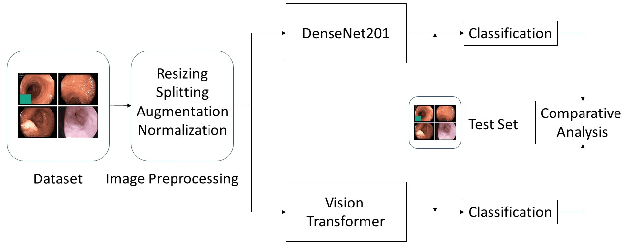
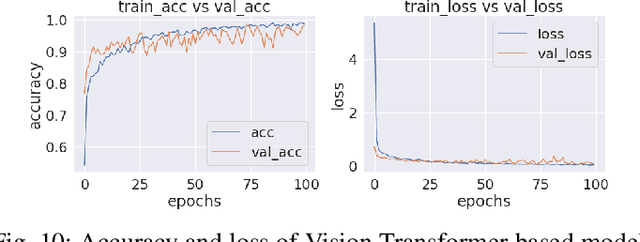
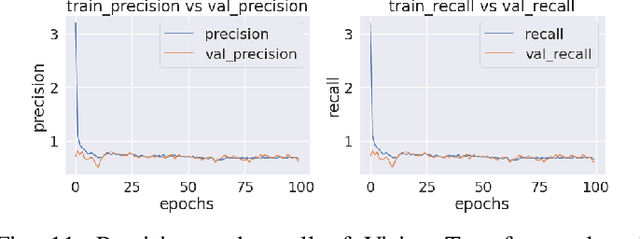
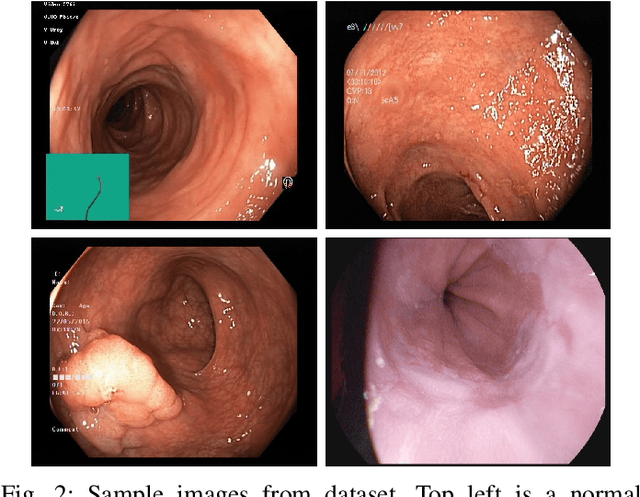
Abstract:Accurate disease categorization using endoscopic images is a significant problem in Gastroenterology. This paper describes a technique for assisting medical diagnosis procedures and identifying gastrointestinal tract disorders based on the categorization of characteristics taken from endoscopic pictures using a vision transformer and transfer learning model. Vision transformer has shown very promising results on difficult image classification tasks. In this paper, we have suggested a vision transformer based approach to detect gastrointestianl diseases from wireless capsule endoscopy (WCE) curated images of colon with an accuracy of 95.63\%. We have compared this transformer based approach with pretrained convolutional neural network (CNN) model DenseNet201 and demonstrated that vision transformer surpassed DenseNet201 in various quantitative performance evaluation metrics.
PCONet: A Convolutional Neural Network Architecture to Detect Polycystic Ovary Syndrome (PCOS) from Ovarian Ultrasound Images
Oct 02, 2022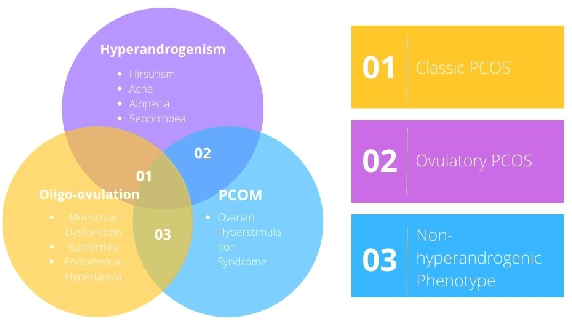


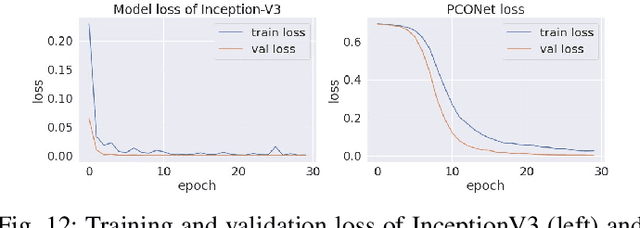
Abstract:Polycystic Ovary Syndrome (PCOS) is an endrocrinological dysfunction prevalent among women of reproductive age. PCOS is a combination of syndromes caused by an excess of androgens - a group of sex hormones - in women. Syndromes including acne, alopecia, hirsutism, hyperandrogenaemia, oligo-ovulation, etc. are caused by PCOS. It is also a major cause of female infertility. An estimated 15% of reproductive-aged women are affected by PCOS globally. The necessity of detecting PCOS early due to the severity of its deleterious effects cannot be overstated. In this paper, we have developed PCONet - a Convolutional Neural Network (CNN) - to detect polycistic ovary from ovarian ultrasound images. We have also fine tuned InceptionV3 - a pretrained convolutional neural network of 45 layers - by utilizing the transfer learning method to classify polcystic ovarian ultrasound images. We have compared these two models on various quantitative performance evaluation parameters and demonstrated that PCONet is the superior one among these two with an accuracy of 98.12%, whereas the fine tuned InceptionV3 showcased an accuracy of 96.56% on test images.
 Add to Chrome
Add to Chrome Add to Firefox
Add to Firefox Add to Edge
Add to Edge